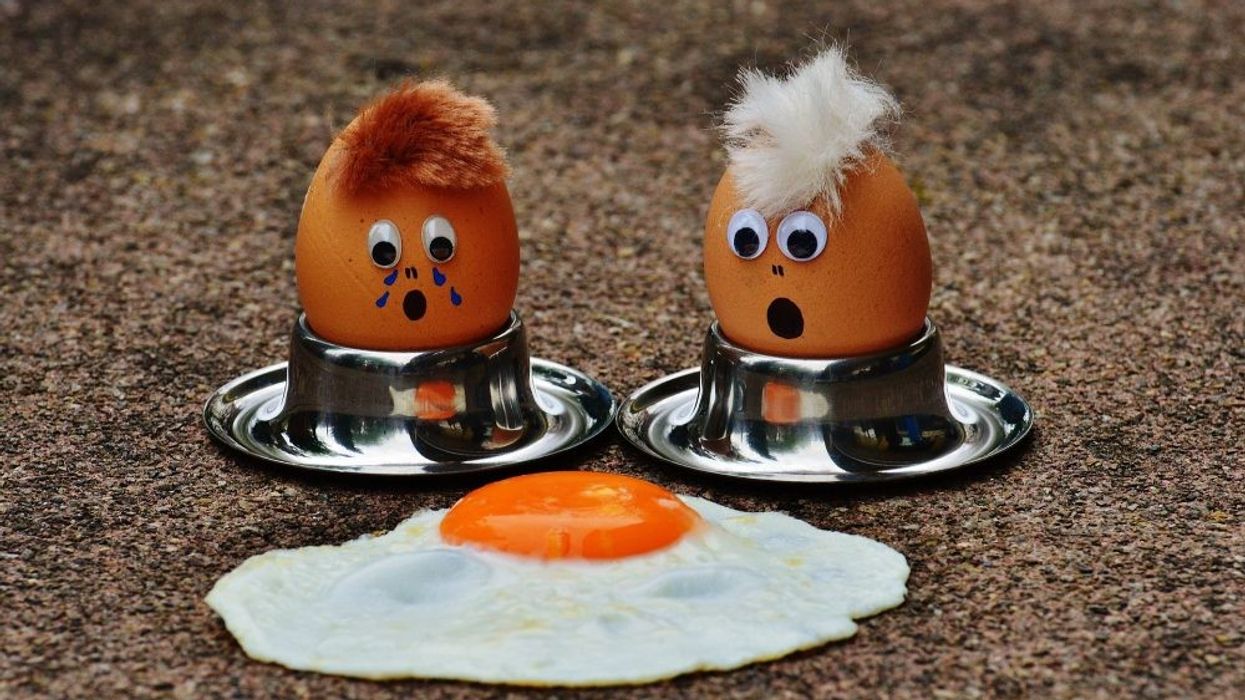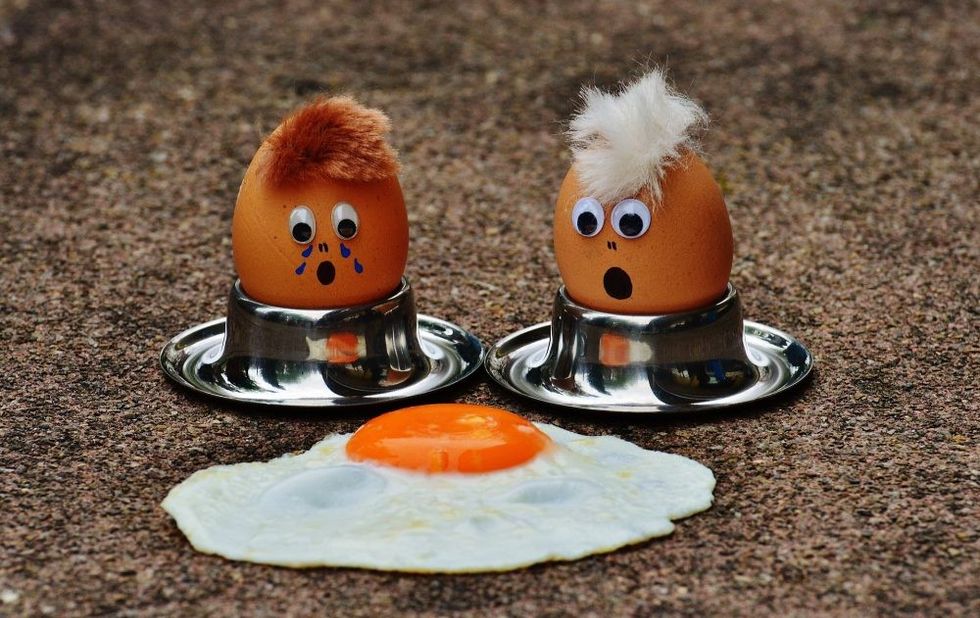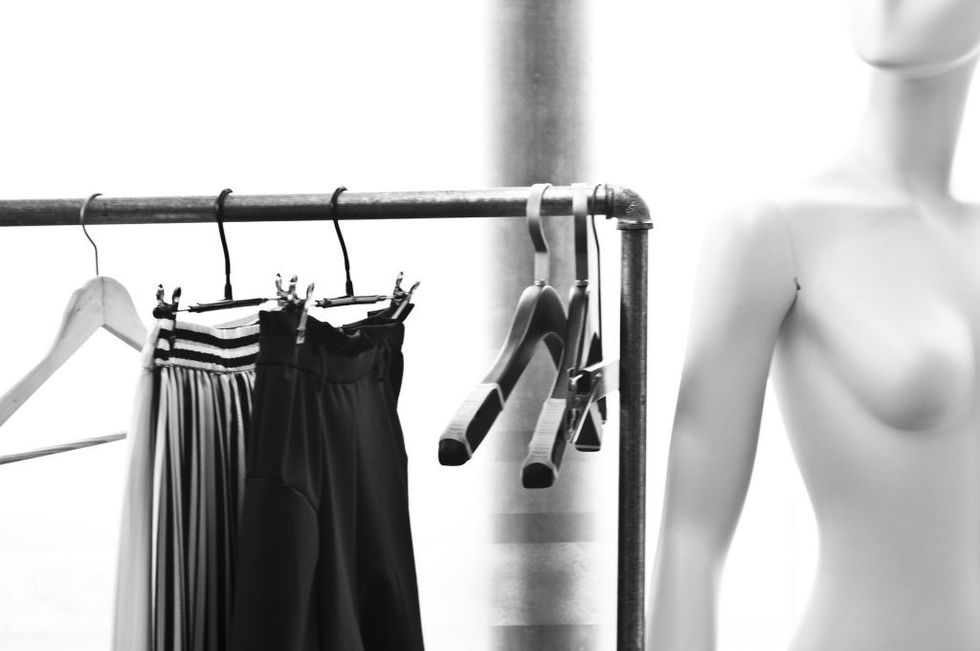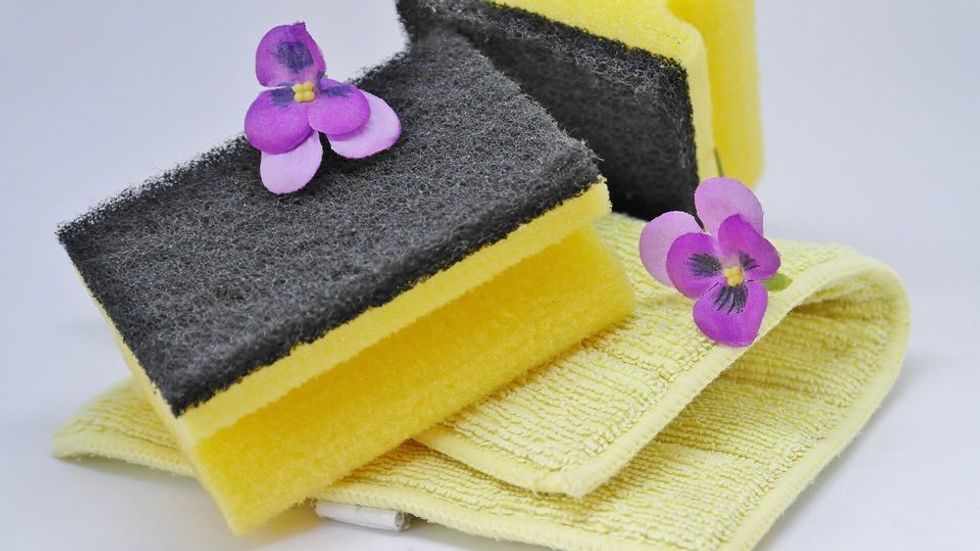You can’t take it with you when you’re dead.
The internet blog squad love their trendy organization fads almost as much as they love one pot recipes. From Kon Mari to Bullet Journals, Pinterest is a veritable treasure trove of people using optimistic, proactive words, to describe different ways to throw out your stuff.
READ: Need To Organize? Inside The Closets Of Toronto Drag Queens
That’s not to say however, that a good organization and declutter once a year isn’t incredibly beneficial to you and your house.
We’re living longer these days, and we’re tending to increase the amount of “stuff” we have in closets, garages, and even storage units. But if living longer increases the amount of stuff we collect, it also gives us more time to clear it all up.
Enter Swedish Death Cleaning, or dostadning which is a combination of the Swedish words for death and cleaning.
The concept is pretty simple, and frankly, pretty European:
Clean it up now, so someone else doesn’t have to when you die.
But it’s not as morbid as it sounds.
READ: Here Are Some Helpful Hacks To Make Your Dorm Feel Like Home
In her book The Gentle Art Of Swedish Death Cleaning, Margareta Magnusson says dostadning is “more like a relief”, with benefits that you can enjoy before you die.
While Magnusson describes herself as “between 80 and 100 years old” she writes with wit and humour about the death cleaning process that can start around 65. But really, it is a lifelong process.
It can start anytime you’re ready and last the rest of your life, beginning in manageable steps that improve your daily organization, and leaving a decluttered home when you pass.
That's the "Gentle" part.
READ: Cry Closet Added In College For Stressed-Out Students (Can Easily Be Added To Your Home)
“Sometimes you just realize that you can hardly close your drawers or barely shut your closet door. When that happens, it is definitely time to do something, even if you are only in your thirties,” Magnusson explains.
Think of it as kind of like a reverse time capsule.
According to the method, everything should be considered using the following frame of reference: if you died tomorrow, your loved ones would have to deal with everything you left behind. What would they really want to see left?
Here are five take-away points to get you started.
1. Talk to Your Network:
This entire process revolves around open discussion with the people around you.
Ask them what items they’d actually want you to pass down to them. Involving them in the process allows you to edit out items that you might think a family member will want, and leave them what they actually need.
Furthermore, when giving family and friends items that you no longer need, ask them first.
Rather than moving junk from one garage to another, take the time to go through emotional items as a family, and communally agree on what “has worth” and what doesn’t.
READ: How Habitat For Humanity Gave My Family A Home — And My Son A Life
An Example:
Magnusson writes about a kitchen table on which her kids used to race their spoons in an imaginary regatta, thinking one of them would want it. But when she asked, they all said, “no.” In the end, one of the kids caved and took the table, but “we learned,” she writes, “not to hang on to things that nobody seems to want.”
2. Don’t Think Of Items In Terms Of “Joy” or “No Joy”, But “Worth” or “No Worth”
Instead of removing items that no longer bring joy, a great tip from Kon Mari’s handbook on tidying up, Magnusson says goodbye to each object she no longer has the need for.
She remembers and holds onto the memories it brings her, and then lets the item go.
The point is to keep items with worth. Items that have worth to other members of the family or yourself are kept, items that don’t have a use or purpose, get discarded, donated, or sold.
READ: Why Toronto Needs To Build More Family-Friendly Condos: Op-Ed
An Example:
Magnusson writes that the central question for each item should be: “Will anyone be happier if I save this?”
"Let me help make your loved ones' memories of you nice — instead of awful," she writes. "A loved one wishes to inherit nice things from you. Not all things from you."
3. Start Big, End Small.
Don’t begin the process by going through photographs and baby books. Start with large items that are easier to edit out, and then move on to the smaller items.
How much furniture do you have in storage that you’re holding on to “because it’s in great condition” or “because someone in the family might want or need it”.
Chances are, if no one’s asked for it, they aren’t going to want it. No matter how good of a condition it’s in.
An Example:
Magnusson recommends prioritizing your belongings by category and starting with the easiest one first. Her easiest is clothing: “I always choose clothes as my first category,” she writes. “That is easy for me since I know that I have many garments in my wardrobe that I seldom or never use."
4. Keep One Box of Mementos
Once the big stuff is gone, moving on to the smaller items can be a lot more emotionally challenging. How do you sort through years of baby photos, letters, and wedding invitations?
When it comes to photos, Magnusson says to throw away any photos of people you don’t recognize. If you can’t name the people in the photo and where it was taken, it’s time to let it go.
Then, go digital and keep one box of mementos.
Choose one box, to store all the items that you can’t digitize, like small stuffed animals, or travel trinkets. Ask loved ones if they’d like the ones you no longer intend to keep, and then let the rest go.
For everything else, start by digitizing them all. Scan your photos, invitations, letters, diplomas, everything you might want to revisit but don’t actually need a hard copy of. Back it up to a hard drive and throw the paper copies away.
5. Appreciate, don’t Accumulate
This is the most important and most difficult part of the process.
Start learning how to appreciate things, without holding onto them.
On this process, Magnusson writes:
“It took me awhile to understand this, but you can enjoy all these things without owning them. Even though this may sometimes seem quite hard to do, training yourself to enjoy only looking at things instead of buying them is very nice and also a good practice.”
Forgetting, for a moment, the mindset that our senior loved ones might croak at any minute, this process is extremely helpful for anyone looking to adopt a more worth-based lifestyle over a possessive one.
How many of us store things in closets, garages, under beds, and in cupboards, simply for the sake of owning those items?
What Magnusson’s advice offers to everyone is that we should be aware of the footprint our possessions and purchases leave around us, and try to minimize the things that simply aren’t worth anything to us.
Alive or dead.
























